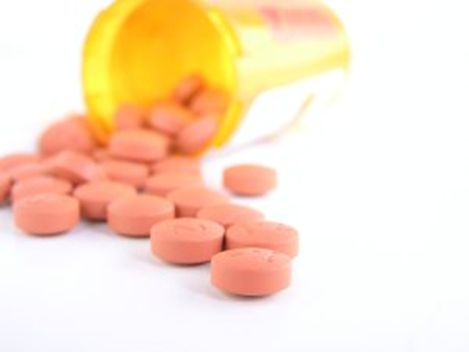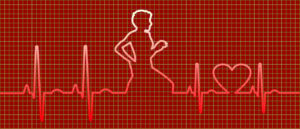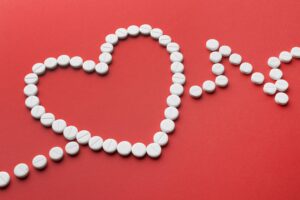Returning Home After Heart Surgery
- Home
- »
- Valvular & cardiovascular diseases
- »
- Returning Home After Heart Surgery

Returning home marks an important step in recovery, but it’s completely normal to feel a bit anxious or unsettled. Many questions may arise: Will I fully recover? Will I be able to go back to my usual activities? This sense of uncertainty is common… but it fades gradually as strength returns day by day.
Discharge from the Hospital
After about 5 to 7 days of hospitalization—depending on overall health—the person can return home or be transferred to a nearby hospital.
Before discharge, the necessary prescriptions and a list of upcoming medical appointments are provided.

Clear Guidelines for a Smooth Recovery
Specific recommendations are given to support a smooth recovery:
- avoid strenuous physical activity at first;
- gradually resume daily activities;
- properly care for the surgical wound;
- take all prescribed medications as directed.
It typically takes about 6 to 8 weeks for full recovery, although many improvements are felt sooner. With time, confidence grows… and life gradually gets back on track.
Medication at Home
Returning home often comes with a new list of medications. Some may have been added, others adjusted or discontinued following surgery. It is therefore essential to follow the prescriptions given at discharge very carefully.
As soon as the hospital stay ends, it’s recommended to go to the pharmacy without delay to have the new medications prepared. If that’s not possible, a family member or caregiver can help. Some pharmacies also offer home pick-up and delivery services for prescriptions.
Pain medications are typically prescribed to help ease discomfort, especially around the sternum—the area where the chest was opened—and to make daily movements more manageable. Feeling tired for several days is also normal; the body simply needs time to recover.

Wound Care at Home
Before leaving the hospital, the healthcare team provides instructions for caring for the surgical wounds, whether located on the chest or, in some cases, on the leg as well.
In most cases, the dressings will already have been removed, and the wounds are left exposed to air. If a dressing is still in place, clear guidance is given on when to remove it and how to proceed afterwards.
Showering is generally allowed if the wounds are uncovered—unless otherwise advised. In such cases, hospital-specific instructions must be followed. Taking a bath should be avoided until healing is complete. The same goes for swimming in a pool or natural body of water—it’s best to wait until the wound is fully closed.

Checking the Incision
Inspect the incision daily until it is fully healed, watching for any signs of infection.
It’s common to notice minor bruising around the surgical site. Mild pain or discomfort may persist for several more days. If needed, a prescribed pain reliever can be used to ease these symptoms.
When to Call a Doctor or Health Professional
Contact a healthcare provider without delay if any of the following signs or symptoms appear:
- Pain that worsens and is barely or not relieved by prescribed pain medication
- Unusual redness or swelling around the wound
- A fever higher than 38 °C (100 °F)
- Pus or discharge coming from the incision
If there is any doubt, it’s best to call the care team or go to the nearest emergency room.
It is also recommended to check your temperature regularly to detect fever early, and to follow all discharge instructions carefully.

A Time for Change
The period following heart surgery is often a time for reflection. For many, it becomes a chance to re-evaluate their lifestyle and consider changes that support better health.
This “second chance” offered by surgery can be a powerful motivator to adopt healthier habits—such as eating more balanced meals, increasing physical activity, quitting smoking, or improving stress management.
Taking care of oneself becomes a long-term goal, and every small step counts.

Cardiac Rehabilitation: Key Support for Recovery
After heart surgery, many centers offer cardiac rehabilitation programs. These programs provide safe and guided support for gradually returning to physical activity, along with advice on nutrition, stress management, and healthy lifestyle habits.
Joining such a program can make a real difference. Studies show that it helps speed up recovery, reduce the risk of complications, and improve understanding of one’s condition. Patients are encouraged to speak with their healthcare team to register as early as possible.
Follow-Up with the Surgeon
A follow-up appointment with the cardiac surgeon is generally scheduled around three months after the operation. For this visit, it is important to bring an up-to-date list of medications, along with any relevant documents such as recent test results, notes from other healthcare professionals, or any other useful information.
It may also be helpful to prepare a list of questions or to write down any symptoms, discomforts, or concerns experienced since returning home. This can help the surgeon better assess the recovery progress.

Ongoing Medical Follow-Up
The cardiac surgeon does not replace the healthcare professionals who were already involved in the patient’s care, such as the family doctor or cardiologist. It is therefore essential to reconnect with them after the hospital stay. To ensure they receive the surgical report, it is important to provide their contact details to the hospital staff.
These professionals will continue to monitor the patient’s long-term health, adjust medications if needed, and support the recovery process.
Resuming Regular Daily Activities
Physical activity plays a key role in recovery. Try to get up often, walk short distances, and gradually increase how far you go. Outdoor walks are encouraged, but don’t wait until you feel tired to turn back—it’s better to stop before reaching your limit, especially early in recovery.
Resuming everyday activities happens gradually, at each person’s own pace. Feeling more tired at first is normal, but it’s important not to fall into the trap of inactivity. Doing very little tends to maintain fatigue… which in turn reduces the motivation to move. It’s a cycle that needs to be broken.
Setting small daily goals and slowly building on them can be helpful. Generally, the first month is focused on regaining autonomy in personal care. The second month allows for a return to social or recreational activities, and by the third month, most regular activities can usually be resumed.
Resuming Sexual Activity
There are no specific restrictions regarding the resumption of sexual activity after cardiac surgery. Discomfort around the incision sites often creates natural limits.
As with other activities, it’s best to proceed at one’s own pace, based on comfort and personal needs.

Returning to Work
Returning to work usually takes place after the follow-up appointment with the surgeon, typically around the third month after the operation. This return can be gradual, depending on the nature of the job and the level of physical effort it requires.
Each case is unique. For some, a part-time return or lighter duties may ease the transition. It is important to discuss this with the healthcare team and, if necessary, with the employer, to adapt the return to the patient’s current health status.

Driving Again
Driving should not be resumed too early. It is generally allowed about 4 to 6 weeks after surgery, once reflexes are back to normal, movement is comfortable, and no medication is causing drowsiness.
It’s also wise to start with short trips in a familiar setting and assess one’s tolerance for effort and stress.

A Final Note
It is common to have questions after cardiac surgery. Writing them down as they arise is recommended, so they can be discussed during medical appointments. This approach helps foster clear communication and ensures that no important concerns are overlooked.























